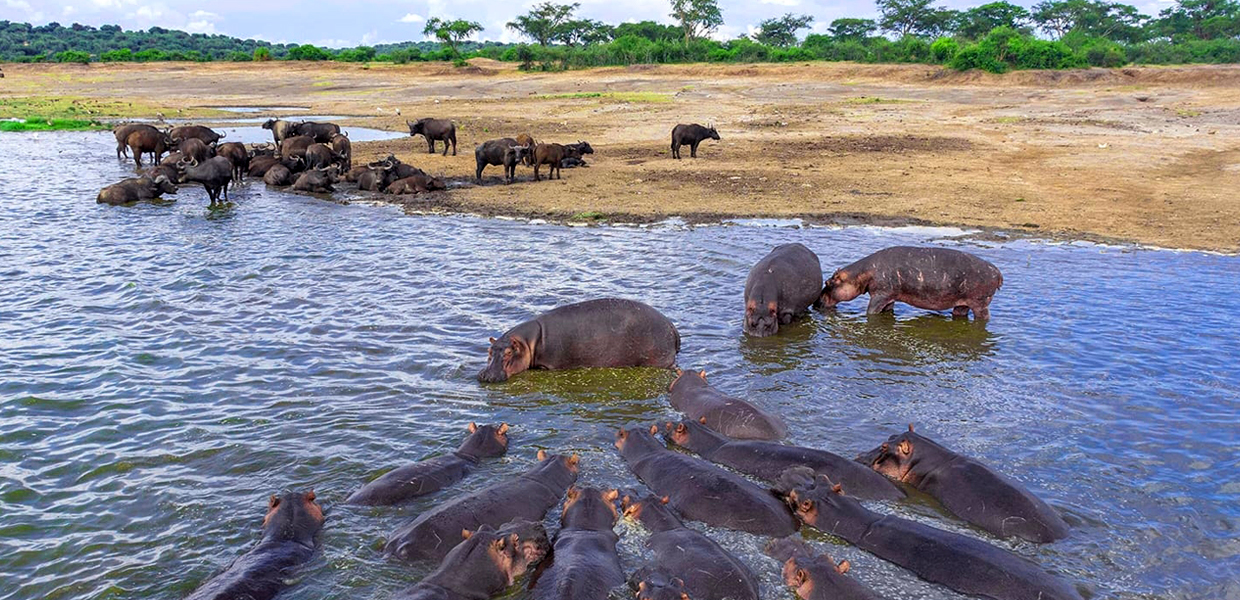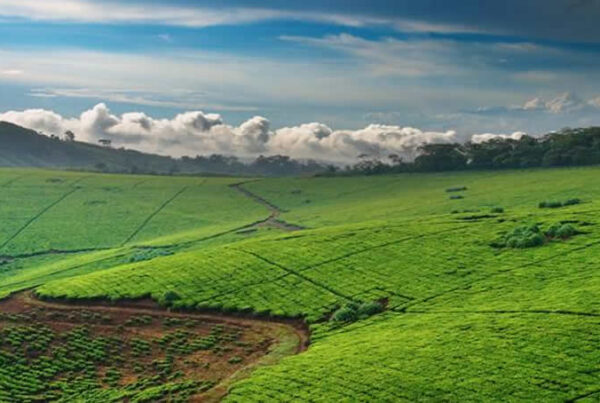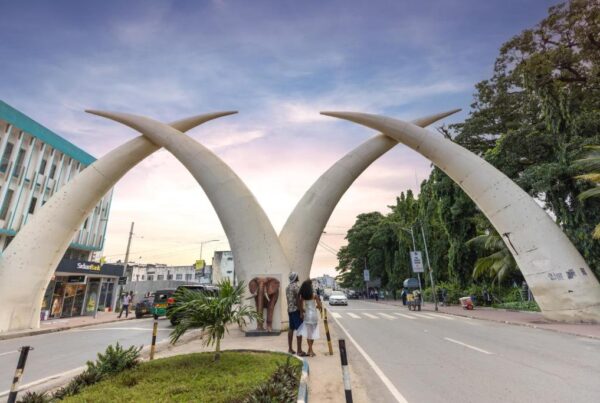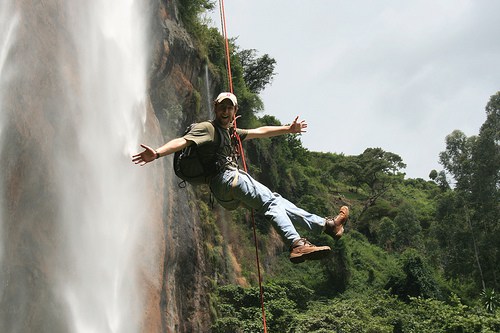One Week Plan for Conservation Volunteering in Lakes George and Edward for Photographers
Where Photography Meets Conservation
In the heart of western Uganda lies a breathtaking stretch of land defined by Lakes George and Edward, two jewels of the Great Rift Valley that are not only vital ecosystems but also havens for photographers seeking to merge artistry with purpose. This landscape, lying between Queen Elizabeth National Park and the Rwenzori Mountains, offers far more than visual splendor. It serves as a living laboratory for conservation, a sanctuary for countless species, and a canvas upon which photographers can document the delicate balance between nature and humanity. For those embarking on a one-week conservation volunteering experience, the opportunity becomes both transformative and deeply rewarding. Every frame captured here is not merely an image but a contribution to the ongoing narrative of protecting Africa’s most vulnerable ecosystems.
Understanding the Conservation Importance of Lakes George and Edward
Lake George and Lake Edward form part of a wider Ramsar wetland system, recognized internationally for their ecological significance. Fed by streams from the Rwenzori Mountains and linked by the Kazinga Channel, these lakes are lifelines for wildlife, birds, and communities alike. Hippopotamuses, crocodiles, and elephants gather along their shores, while migratory birds transform the skies into spectacles of movement and color. The surrounding wetlands provide breeding grounds for fish species that sustain local livelihoods, while also filtering water and storing carbon crucial for climate regulation.
Volunteering in this region is not only about conservation in the scientific sense but also about contributing to the preservation of cultural and ecological heritage. Photographers play a vital role in this process, using their craft to highlight the beauty of these environments while drawing global attention to the threats they face, from pollution and overfishing to climate change.
Why a One-Week Plan is Ideal for Photographers
A single week in the Lakes George and Edward region may seem brief, yet it provides an immersive balance between hands-on conservation activities and creative exploration through photography. Volunteering projects here are designed to integrate education, community engagement, and ecological monitoring, all of which complement the visual storytelling of photographers. Unlike fleeting visits focused only on leisure, a one-week volunteering program offers time to witness the rhythm of the lakes, the changes in light across the waters, and the intimate interactions between wildlife and their habitats.
Photographers gain access to unique perspectives, from early morning mist-covered shorelines to late afternoon scenes where herds of elephants drink at the water’s edge. The week-long duration allows for both structured conservation efforts and the artistic freedom to experiment, producing images that reflect not only beauty but also urgency in the call for preservation.
Day 1: Arrival and Immersion into the Landscape
The first day of the journey is typically spent settling into the region, often at eco-lodges or community-run accommodations that blend comfort with sustainability. The atmosphere immediately introduces travelers to the interconnection between local communities and the natural environment. Orientation sessions with conservation coordinators provide a grounding in the ecological importance of the lakes, the challenges faced, and the role volunteers are expected to play.
For photographers, this day serves as an introduction to the light, the colors, and the moods of the lakes. Initial sunset shots across Lake George or Edward reveal reflections that set the stage for the days ahead, while the sounds of birds and distant hippos offer a reminder that every corner holds potential for powerful imagery.
Day 2 and 3: Conservation Fieldwork and Wildlife Encounters
The second and third days immerse volunteers in conservation tasks that range from wetland restoration to wildlife monitoring. Activities might involve tree planting to combat deforestation around the lakes, water quality assessments, or assisting researchers in documenting fish species and bird populations.
Photography during these tasks is not ornamental but instrumental. Capturing the process of planting seedlings, or recording data collection by local teams, provides visual documentation that can later be used for awareness campaigns or conservation reports. Beyond the work itself, these days offer encounters with the region’s wildlife. Herds of buffalo may graze near the shore, while bird species such as the African fish eagle or the elusive shoebill stork create moments of photographic drama that blend science with art.
Day 4: Community Engagement and Cultural Narratives
No conservation effort is complete without the involvement of the people who call the region home. On the fourth day, volunteers often participate in community-based projects, such as working with local fishing communities or schools. Photographers find unique opportunities here, capturing portraits that tell the story of coexistence between people and nature.
From children learning about conservation through classroom activities to fishermen explaining sustainable practices, each encounter adds depth to a photographic collection. Images created here transcend aesthetics; they become advocacy tools that highlight how communities play a central role in safeguarding the environment. For long-lasting impact, this day deepens understanding of the human dimension in conservation, where resilience and tradition merge with ecological stewardship.
Day 5 and 6: Focus on Wildlife Photography and Ecosystem Monitoring
As the week progresses, attention shifts more toward wildlife photography and structured ecosystem monitoring. Morning boat excursions along the Kazinga Channel open new perspectives, where pods of hippos wallow, crocodiles sunbathe, and elephants gather in striking compositions. The still waters of Lake Edward provide reflective surfaces that amplify the beauty of the landscapes, particularly at sunrise.
Volunteers may also engage in bird surveys, an activity perfectly aligned with photographic pursuits. With more than 600 species recorded in the region, including migratory flocks, photographers can practice capturing movement, detail, and diversity in a way that connects artistry with scientific record. The balance between monitoring and photography ensures that the work of volunteers has both ecological and visual significance, enriching the broader narrative of conservation in the Great Rift Valley.
Day 7: Reflection, Storytelling, and Departure
The final day of the week is often reserved for reflection, where volunteers gather to share their experiences, review their contributions, and consider the ongoing impact of their presence. For photographers, this is the moment to compile and curate their images into a coherent story that reflects the journey. Whether through landscapes of dawn breaking over the lakes, portraits of community members, or action shots of conservation activities, these photographs become more than memories—they are tools for education and advocacy.
Departing from the lakes leaves a lingering sense of connection, as the sounds of waterbirds and the sight of rippling horizons remain etched in memory. The one-week journey concludes not with an ending but with a beginning, as volunteers carry forward the responsibility of sharing the stories of Lakes George and Edward with the world.
The Photographer’s Role in Conservation Beyond the Camera
The significance of photography in conservation cannot be overstated. Every image created during this one-week experience contributes to a growing library of visual evidence that supports campaigns, inspires action, and generates funding for future projects. By capturing both the grandeur of wildlife and the subtle details of human-environment interaction, photographers ensure that the lakes’ story is told not in numbers and data alone but in emotions and visuals that resonate universally.
For long-term impact, these images can be shared across platforms, from exhibitions and publications to conservation networks, ensuring that the beauty of Lakes George and Edward is matched by global awareness of the challenges they face.
A Journey of Purpose and Artistry
Spending a week volunteering in Lakes George and Edward is more than an itinerary; it is a journey of purpose, artistry, and discovery. For photographers, the experience fuses the craft of visual storytelling with the urgency of conservation, producing images that inspire while leaving tangible contributions to the preservation of ecosystems. The lakes, with their shimmering surfaces, thriving wildlife, and resilient communities, become not just subjects of photography but symbols of what humanity must protect for future generations.
For those who dream of journeys that matter, this one-week plan offers the perfect blend of immersive volunteering, cultural exchange, and photographic exploration. To make the most of this transformative experience, it is highly recommended to book your Africa tours and safaris with WildHorn Africa, ensuring that every detail is thoughtfully arranged to let you focus on conservation, photography, and the timeless beauty of Uganda’s Great Rift Valley.





 WildHorn Africa – Authentic and unforgettable tours across Africa, guided by local experts who know the land, wildlife, and culture best.
WildHorn Africa – Authentic and unforgettable tours across Africa, guided by local experts who know the land, wildlife, and culture best.


